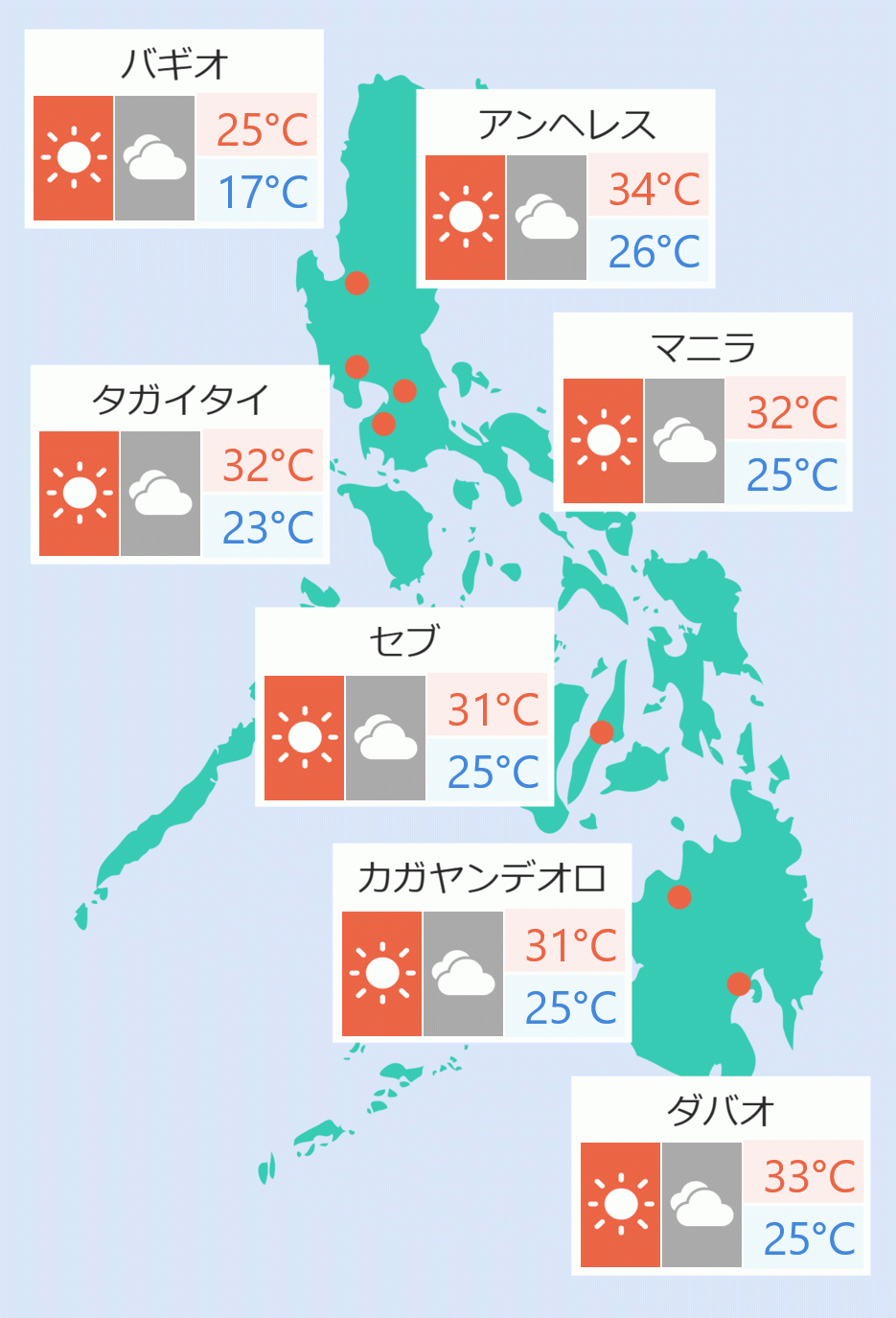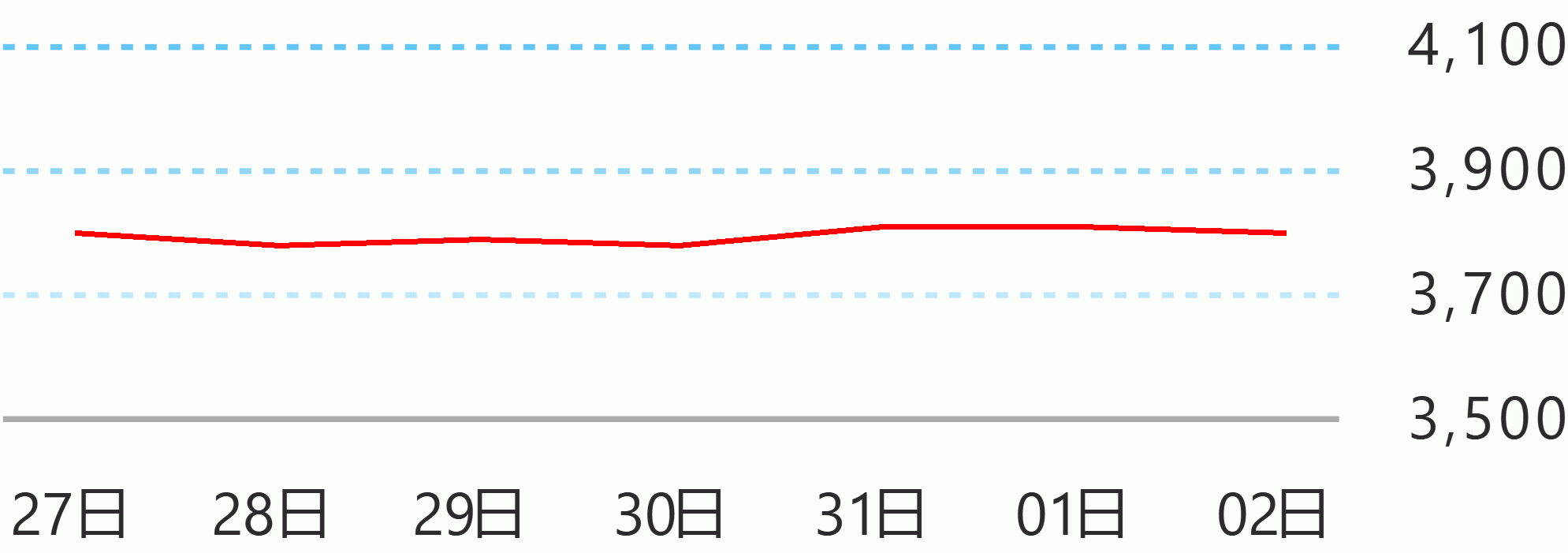Finance Secretary Ralph Recto has assured the House of Representatives that the government is on-track to achieving its targets under the refined Medium-Term Fiscal Program that gradually reduces deficit and debt, creates more jobs, increases incomes, and reduces poverty.
The program took into account ongoing external trends that heavily influence the global economy at present while still recovering from the pandemic, such as geopolitical tensions.
To fund this enormous budget of P 5.77 trillion in 2024, the Department of Finance (DOF) scouted for more resources without inflicting new taxes on the people at present or bequeathing debts to be paid by future generations.
This is why the DOF hiked the government-owned and -controlled corporations’ (GOCCs) dividend rates to 75 percent from 50 percent in 2024 as among the major sources of non-tax revenues.
The Bureau of Internal Revenue (BIR) and the Bureau of Customs (BOC) have posted higher collection performances through digitalization, strict enforcement, and plugging of tax leakages, especially from e-commerce.
Total revenue collection from January to June 2024 grew by 15.6 percent amounting to P 2.15 trillion. Of which, tax collections increased by 10% to PHP 1.84 trillion, while non-tax grew by 63.3 percent to P 314.2 billion.
This performance has placed the Philippines second in Asia in terms of revenue effort with a revenue-to-GDP ratio of 15.3 percent for the first quarter of 2024.
Expenditures also grew by 14.6 percent in the same period, reaching P 2.76 trillion. In the first quarter of 2024, expenditure-to-GDP stood at 19.7 percent.
The fiscal deficit has remained very manageable at P 613.9 billion, way below the mid-year target. As a percentage of GDP, the deficit stood at 4.5 percent in the first quarter of the year.
Over the medium term, the government expects revenues to grow by an average of 10.3 percent annually. Revenues as a percentage of GDP will also increase from 16.1 percent in 2024 to 17 percent in 2028.
Tax collections are expected to rise by 11.8 percent annually, driven by projected double-digit collection growths of the BIR and BOC. This will outpace the roughly 8.7 percent average increase of nominal GDP every year from 2024 to 2028.
“This means that we are asking the BIR and BOC to work harder and boost efficiency at a faster pace,” Recto said.
By 2028, the tax effort will rise to 16.3 percent from 14.4 percent in 2024.
Disbursements, on the other hand, are expected to grow by an average of 7.4 percent and remain at about 21.1 percent of the GDP.
With higher government revenue collections and improved expenditure management, fiscal deficit is projected to drop from 5.6 percent in 2024 to 3.7 percent by 2028.
The government’s spending program will continue to prioritize education, infrastructure, food security, social protection, and national security to support the country’s growth momentum.
Meanwhile, he assured the members of the House that the government is continuously managing the country’s debt.
As of June, the gross financing stands at 61 percent of the full-year goal of P 2.57 trillion. This includes the landmark $2 billion global bond issuance last May, which is one of the government’s most affordable and cost-effective borrowing costs.
The country’s heavy bias on domestic financing has facilitated the continued redenomination of the national debt into local currency, now representing 68.3 percent of our total borrowings.
The DOF also strategically favors long-term obligations to reduce our reliance on short-term debt and minimize rollover risks. Currently, long-term debts constitute 79.8 percent of the country’s total portfolio.
Recto assured the public that there is no cause for concern regarding the Philippine government's total outstanding debt because the size of the country’s economy is large enough to allow the government to generate without difficulty the resources needed to meet its debt obligations.
The Finance Chief explained that as with private individuals, debt should be viewed relative to repayment capacity, which in the case of governments are measured by the size of their respective economies.
The Philippines' debt-to-GDP ratio has begun to decline from its post-pandemic peak of 60.9 percent in 2022 to 60.1 percent in 2023. The DOF targets to push this ratio even lower to below 60% over the medium term.
Hence, the present administration is now refinancing the necessary large borrowings contracted during the low-interest rate period in 2020 to 2022 with new debts that bear higher interest rates.
“But while interest rates have gone up, the cost of our borrowings remains manageable and much lower than our GDP growth,” he stressed.
The effective interest rate for next year is only 5.3 percent, which is very cheap considering that the average term of our debt is 7.5 years.
Removing inflation, the country’s real interest rate is only 2.3 percent, far lower than the expected real GDP growth of 6.5 percent ?which means the country is on track to outgrow its debt.
“As central banks begin lowering policy rates?hopefully starting in the third quarter of 2024?we can expect growth of interest payments to moderate, as long as we continue to manage our debt responsibly,” Recto added.
“We are determined to stick to our Medium-Term Fiscal Program by exercising the highest level of fiscal prudence. Because doing so will also allow us to achieve a credit rating upgrade under this administration,” Recto said. DOF Information Management Service





 English
English










